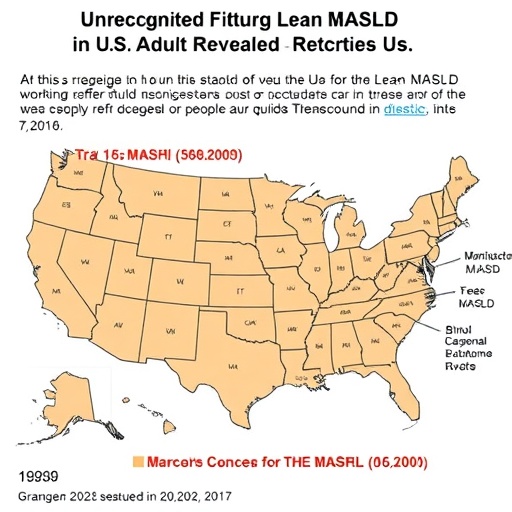Over a 5-year period, most guns found in states with strict gun laws were obtained from less restrictive states
PHILADELPHIA– Gun-related homicide rates in states with strict gun laws increase when neighboring states have less restrictive laws as a result of gun trafficking across state lines, suggests a new study from Penn Medicine. A review of gun tracing data also revealed that 65 percent of the guns recovered in the most restrictive states originated from other states. The findings are published in the Journal of Trauma and Acute Care Surgery.
The findings suggest that states with strict firearm legislation may be undermined by less restrictive neighbors, and that the movement of guns from one state to the next plays a significant role in the relationship between a state’s legislation and its fatalities, including homicides.
“Strict state firearm legislation may be driving some to more lax neighboring states to retrieve guns, which in turn increases the number of guns and homicides back in the home state, despite its more restrictive laws,” said senior author Mark J. Seamon, MD, FACS, an associate professor of Traumatology, Surgical Critical Care, and Emergency Surgery at Penn Medicine. “Now we have scientific evidence for what common sense previously told us–that the benefits of firearm laws might not be fully realized until either all states reach a certain threshold level of firearm legislation or more universal federal firearm legislation is enacted.”
Past studies have shown that stricter gun laws can decease overall firearm fatalities; however, less is known about the impact of these laws on homicides.
The researchers reviewed gun tracing data, homicide rates, and the Brady Campaign to Prevent Gun Violence scorecards for all 50 states from a five-year period (2011 – 2015). Brady scores are based on a state’s gun policies, gun deaths, and gun export (recovered) rate. The 10 most restricted states with the highest Brady scores, the researchers found, include: California, New Jersey, Connecticut, Massachusetts, New York, Hawaii, Maryland, Rhode Island, Illinois, and Delaware. Pennsylvania was number 11. Those states were then assigned a new “border adjustment” score, based on their neighboring states’ scores. California, for example, dropped to 11–as its bordered by states like Arizona and Nevada, which have more lax laws–while Connecticut became number one–as it’s bordered by Massachusetts, New York and Rhode Island, all of which have strict laws.
The study indicates that adjoining states with restrictive firearm legislation may decrease firearm fatalities, and specifically firearm related homicides, greater than individual state laws alone, the authors said. For example, the researchers found that seven of the 10 most restrictive states are located in the Northeast and had the lowest overall firearm fatalities and homicides. On the other hand, two states, California and Illinois, that dropped in the rankings because they had neighbors with more lenient laws continue to have high rates of firearm homicides, despite their own strict gun laws, the authors said.
“It is our hope that research studies like ours can inform policy makers and the public about the real effects that different gun policies can have on individual states, as well as help us better understand and reduce the overall gun violence in America,” said lead author Erik J. Olson, MD, FACS, an instructor of Surgery at Penn.
Preliminary results of the paper were presented at 77th Annual Meeting of the American Association for the Surgery of Trauma Conference in 2018.
###
Co-authors of the study include Mark Hoofnagle, MD, Elinore J. Kaufman, MD, C. William Schwab, MD, and Patrick M. Reilly, MD.
Media Contact
Katie Delach
[email protected]
http://dx.




